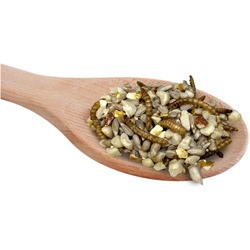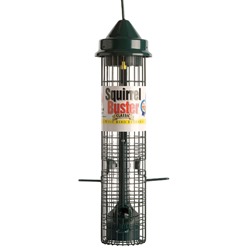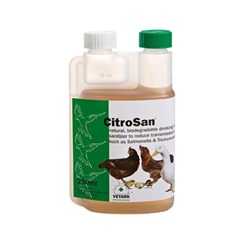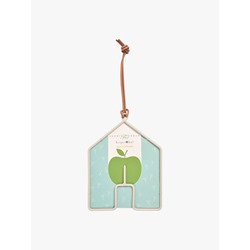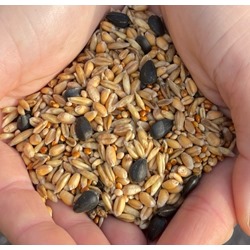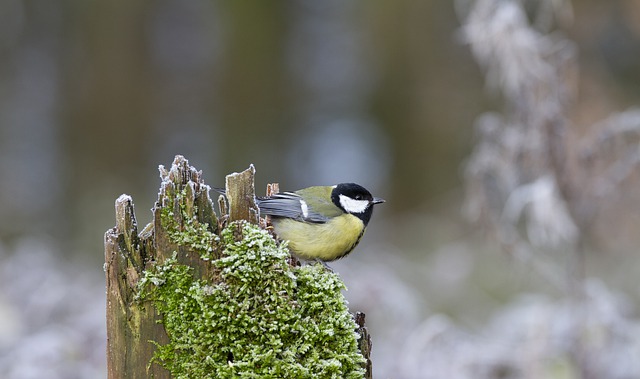
There are a lot of bird enthusiasts who love the idea of bird photography but have no idea where to start. If this sounds like you, don't worry, you're not alone. Wildlife photography is a fine art and some photographers will focus solely on photographing birds for years before they finally get their dream shot.
That being said, with the right equipment, patience and a little bit of practice, complete beginners can capture some stunning photographs of wild birds. Read on to find out our best bird photography tips!
What kind of camera do I need for wild bird photography?
When you're choosing the right camera for bird photography, you should be looking for a quick shutter speed and a fast auto-focus system. Remember, birds can fly past you incredibly quickly, so whether you want to catch them in-flight or perched on your birdbath, being able to take a photo quickly and being confident that it'll be in focus should help you capture great photos.
Most modern digital cameras have a shutter speed of 1/2000 (or over). This is the minimum shutter speed you want to look for if you want to use your camera for fast-action photography. Along with a fast shutter speed, you need a camera with a quick and responsive auto-focus system. This should prevent your shots from looking blurry. The camera should be able to take a 'burst' of images over a very short time, giving you lots of pictures of the same subject to choose from. Speak to your camera supplier about additional lenses, they should be able to advise you on the best lens for bird photography that's compatible with your camera.
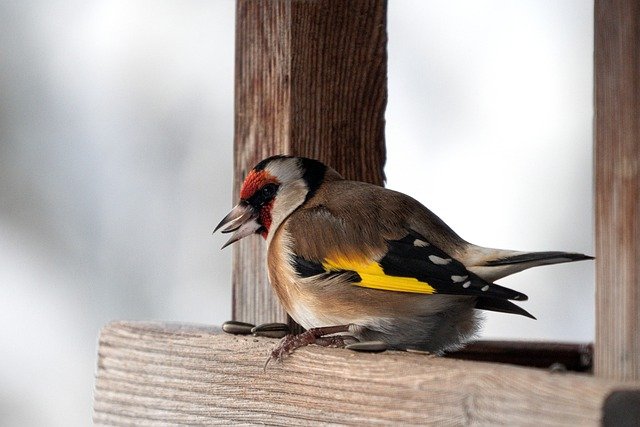
Choosing the right time and subject
Now you might be under the impression that you'll take your camera into the garden, find a beautiful bird and get a perfect photograph straight away. Sadly, this often isn't the case and it can take a bit of trial and error for you to get a bird photograph that you like.
Birds are often shy and might hide amongst the branches or the long grasses in your garden. While you'll want to include some of the natural surroundings in the final shot, it's important that you can see the subject clearly.
You might be better off waiting for a subject to land in a more open environment, like on a bird table or at one of your bird feeders. Here, they'll be still for a little while, giving you time to take a few shots and make the necessary adjustments for a great picture.
Think about lighting and composition
When you look at photography in its simplest form, everything comes down to light and composition. When captured correctly, the right light can make your wild bird photography sing!
The best time of day to head outside and photograph the birds is either early morning (as the sun is rising) or late afternoon. In photography, this is known as the golden hour!
During these times of day, the light is not too harsh and has a beautiful soft quality to it. It will help to bring out the colours in the bird's feathers and will add a sparkle to their eyes.
When it comes to composition, bird photography doesn't differ too much from standard practices. You should use the rule of thirds to place your subject slightly off-centre. You should make sure that the bird fills the frame and you should be wary of the background. As we mentioned above, a busy background can distract from the subject and ruin a perfectly good picture.
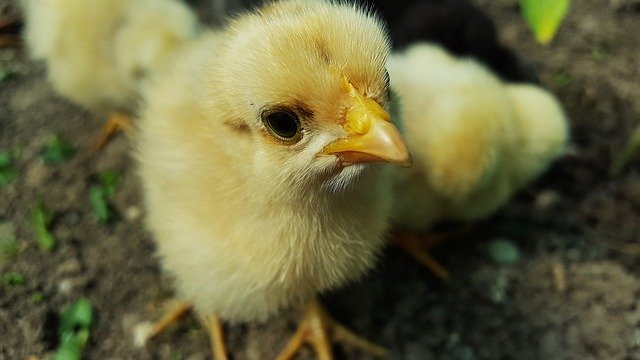
Put yourself into the bird's world!
Standing up tall and trying to photograph birds is not always the best approach. If your subject is on the ground or at a very low level, bring your camera down to meet them. This will give you some really intimate wild bird photos, with your subjects behaving naturally! It will also help you to fill the frame with more of the subject and less of the surrounding world.
Yes, this may require getting your hands and knees a bit dirty, but we assure you, it'll be worth it when you get a great shot!
Move around at a very slow pace so that you don't startle your subject. Remember, birds are very sensitive to loud noise and quick movements, so take your time and most importantly, be patient.
Attracting birds into your garden
If you want to practice your wild bird photography, you need to make sure wild birds are being attracted to your garden. Most woodland birds lookout for areas of cover in trees and other vegetation, so make sure you've got a nice variety of plants, first and foremost.
Provide a constant supply of fresh and clean drinking water for your garden birds, this will be a super important factor during the summer months when dry weather can leave birds feeling dehydrated. Capturing photographs of birds playing and splashing in the birdbath will be incredibly charming, so don't miss out.
Offer a good supply of bird food to your garden birds. Food isn't always easy for them to access in the wild, so putting a bird feeder into your garden is a great way to encourage more birds to visit you. The best time to put food out is first thing in the morning when the birds are replenishing energy that they lost overnight. Luckily, this is an optimal time to take your camera outside and capture them too!
Shop Our Bird Food >
Remember to take care of your feeders and keep them cleaned and hygienic. You might think that offering a ton of food is a good way to attract lots of birds to photograph, but if food is left out uneaten it can become contaminated and spread disease.
Read More: Dirty Bird Feeders Can Kill Birds - It's Feeder Cleaning Time
Try our wildlife/bird box cameras
So, now you've got a few of our bird photography tips under your belt, we wanted to show you our wildlife/bird box cameras.
Adding one of these cameras into your garden will help you observe and capture some of the most captivating wildlife behaviour in your garden. These outdoor cameras are a great option for bird photography enthusiasts who don't want to miss a second of the action.

One of our excellent wildlife cameras is the Motion Activated Bird Cam, designed to capture visitors to your garden with motion capture technology. If you'd like some great wild bird photos, but aren't confident in your abilities to take one just yet, this is a really good option.
What kind of things will you capture with your new wild bird photography skills? Some wild bird photos of visiting finches or robins? Some close-up shots of birds you keep, like chickens? Perhaps you'll even catch a glimpse of a rare bird with your motion activated bird camera? There's so many possibilities.
So there you have it, our bird photography tips to help you get started! We always love it when you share your photographs of birds with us, so if you put any of our tips to the test, feel free to Tweet us your best photos at @ReallyWildBird, tag us in them on Instagram @reallywildbirdfoodcompany, or send them to us on Facebook!
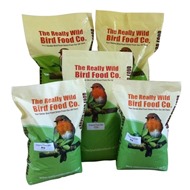
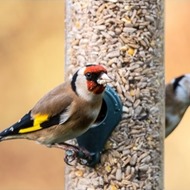 Back
Back Bird Feeders
Bird Feeders  Seed Feeders
Seed Feeders Peanut Feeders
Peanut Feeders Peanut Butter Feeders
Peanut Butter Feeders Suet & Fat Feeders
Suet & Fat Feeders Window Feeders
Window Feeders Hanging Feeders
Hanging Feeders Feeding Stations
Feeding Stations Ground Feeders
Ground Feeders Easy Clean Feeders
Easy Clean Feeders Bird Tables
Bird Tables Seed Trays
Seed Trays Bird Baths & Drinkers
Bird Baths & Drinkers Feeder Accessories
Feeder Accessories Feeder Hygiene
Feeder Hygiene Squirrel Proof Bird Feeders
Squirrel Proof Bird Feeders For the Kids
For the Kids Niger Seed Feeders
Niger Seed Feeders Mealworm Feeders
Mealworm Feeders Bird Food Storage
Bird Food Storage Fat Ball Feeders
Fat Ball Feeders Tube Feeders
Tube Feeders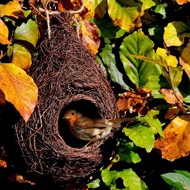
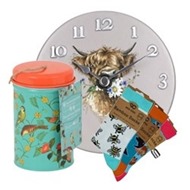
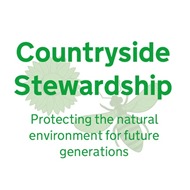
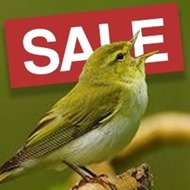
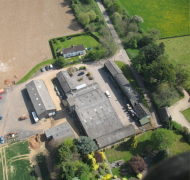 Our Farm
Our Farm Contact Us















